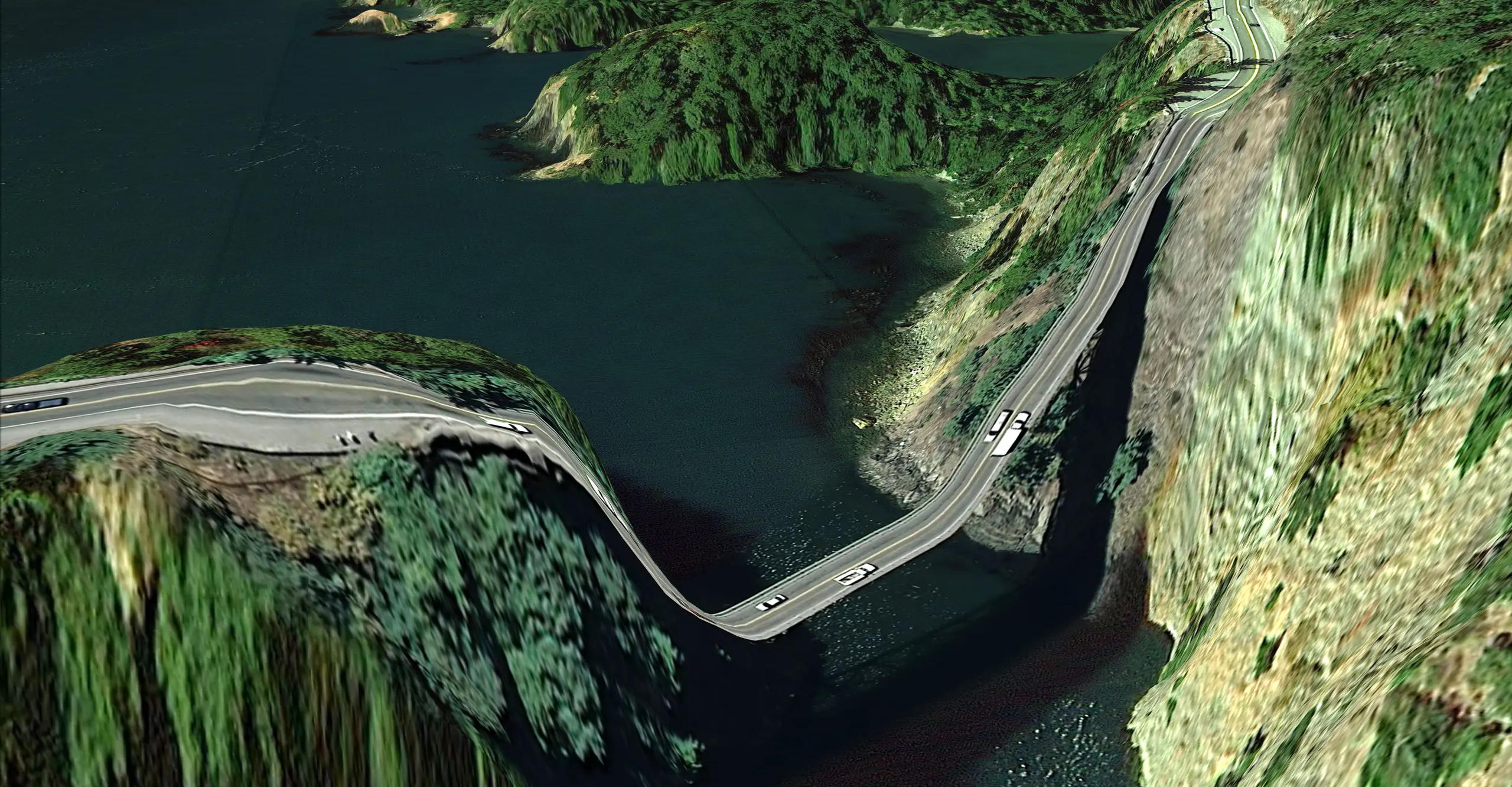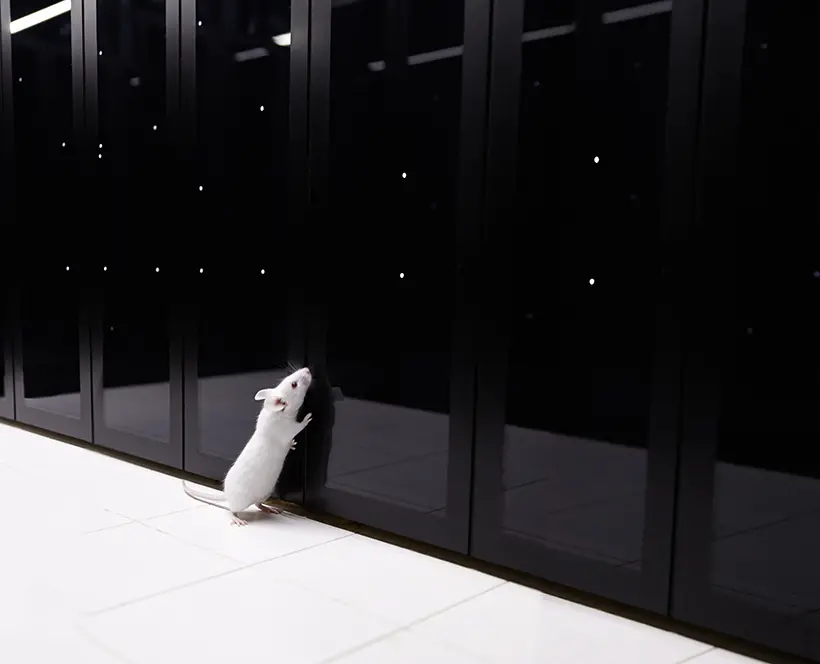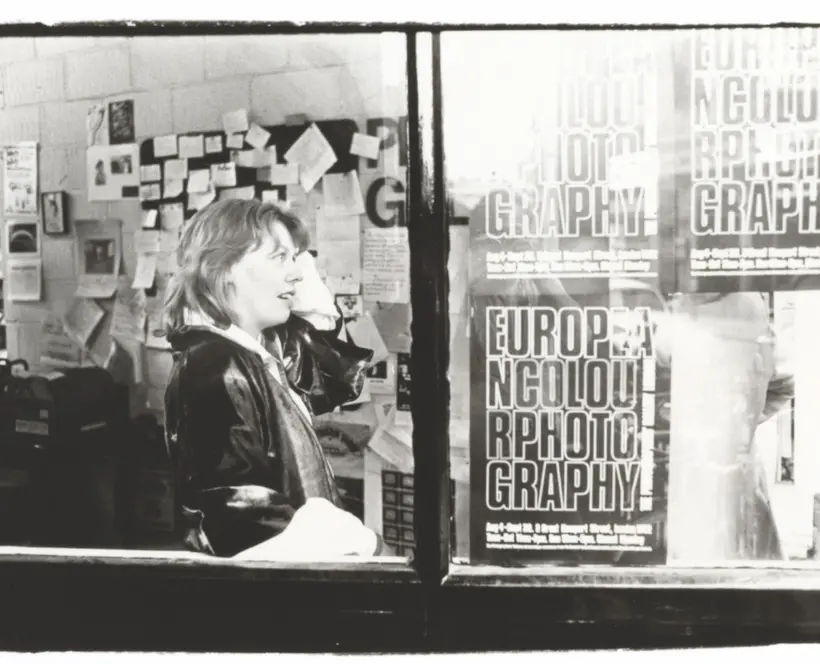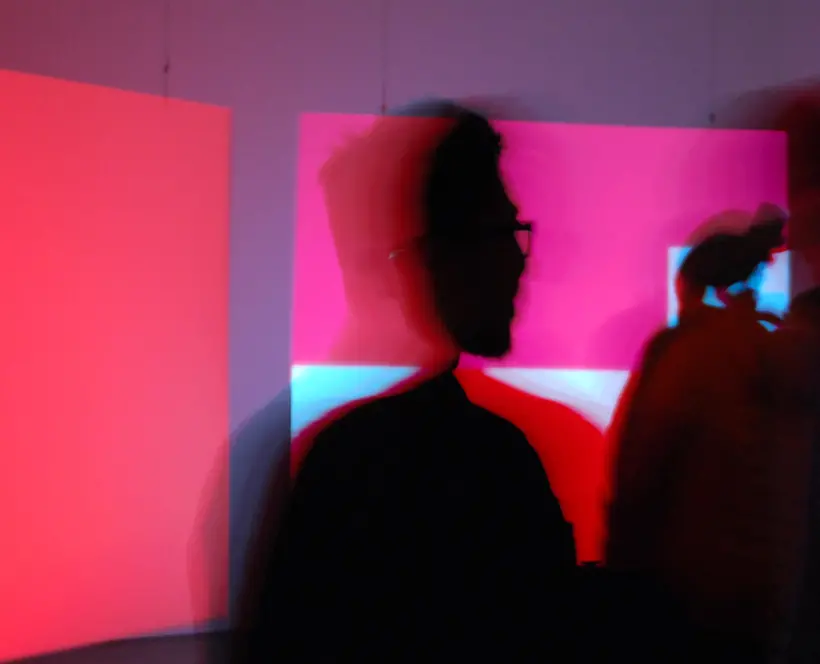This trans-disciplinary conference invites both presentations of practice-based work and papers, that investigate how images made on the vertical axis are encountered, interpreted, decoded, created and utilised, to explore the ways in which they have changed, or could change, the world.
"You put together two things that have not been put together before. And the world is changed. People may not notice at the time, but that doesn’t matter. The world has been changed nonetheless.”
Julian Barnes - Levels of Life
As discussed in Barnes’ book, when the French photographer Gaspard-Félix Tournachon, known as Nadar, put his two passions —hot air ballooning and photography— together in the 1850s the first aerial picture of the earth came into view. Since then, the perpetual quest to reach further heights and greater distances has fuelled the human imagination and generated architectural, aeronautical and optical innovations that have radically altered human perception.
160 years on and the aerial view is ubiquitous, photography has expanded so that moving and still images from above are created by a wide range of increasingly autonomous machines, and many of our actions on the surface of the earth are both controlled by, and intentionally designed to be seen from, this perspective. At the same time, the ability to look further down the vertical axis, to microscopic levels, has been extended through developments in areas such as microscopy and spectrometry.
This conference is organised by Daniel Alexander and Sara Knelman and is a collaboration with The Photographers Gallery, the Photography Programme at London College of Communication UAL and The Centre for the Study of the Networked Image at London South Bank University
We invite proposals for 20 min presentations of practice-based work or papers that relate to the themes detailed below.
Conference Themes:
1 - Anthropocene and the Climate Emergency
Nasa’s 1969 earthrise and 1972 blue marble images of the earth from space had wide- ranging impact and inspired the environmental movement of the 1970s. The aerial view from flying machines and satellites offers a perspective from which the human impact on the earth can be made visible. Feminist and postcolonial critiques of this disembodied ‘god trick’ have questioned the efficacy of this way of viewing the earth.
This theme invites submissions that explore how photography and imaging measure, record and investigate the Anthropocene and Climate Emergency.
2 - Distance and Scale
Perspectival positions and technological developments have extended human vision to a vast range of microscopic and macroscopic distances from objects of study. The relational shifts of distance and the relative scale of bodies to various objects of study can render significant changes in understanding and value. How have artists and photographers altered our perceptions of scale and import or brought new awareness of inequities through explorations of nearness, distance and relative size?
This theme invites submissions that explore relational aesthetics in the context of distance and scale.
3 - Abstraction and Interpretation
The flattening effect of the aerial view leads to images that are often abstracted, removed from linear perspective and devoid of easily recognisable forms. Certain imaging processes can lead to interference, glitches and other imperfections in the image. Depending on the intended social, cultural or political use of aerial images, people have set out to interpret, misinterpret or embrace abstraction.
This theme invites submissions that explore the use of abstraction and the role of interpretation and misinterpretation in the use of and encounter with images on the vertical axis.
4 - For the Air
The aerial view is often synonymous with a disembodied ‘God’s Eye View’ exercising surveillance, control and power, often without clear accountability. On the other hand, artists, advertisers, campaigners and protesters have often created structures, buildings, images and text pieces on the ground with the intention of being seen from above as acts of awareness or resistance.
This theme invites submissions that explore the ways in which architecture, art, commerce and protest utilise, interrupt or subvert the aerial view.
5 – Imaging beyond the 2D frame
Scanning technologies such as Lidar enables the 3D mapping of objects, buildings and the surface of the earth from the air. At the micro level 3D scanning microscopy can image down to an atomic scale. These images are utilised in art, architecture, geography, cartography. This 3D material can be rendered in 3D software to produce environments and virtual worlds which can be experienced in linear and interactive forms through film, games, virtual and augmented reality.
This theme invites submissions that investigate 3D imaging and the generation of virtual worlds on the vertical axis.
6 - Conflict
From the first world war onwards the ability to capture aerial images has been a key part of the way wars have been fought. The increasing use of UAVs or Drones from 2001 onwards, and the development of machines that can both ‘see’ and fire weaponry, has led to an expansion of the possible theatres of war, and an increase in remote surveillance and killing.
This themes invites calls for submissions that investigate how artists and photographers have created work that investigates the use of the aerial view in conflict.
7 – Open Call
Please submit proposals for papers or presentations of practice-based work that fit the general conference theme but not the specific themes to the open call.
For submissions of presentations of practice-based work please include
- A link to the work online, or a PDF (12mb max) illustrating the work.
- A description of the work. (400 words max, in English)
- Biography of 100 words (please do not send CV’s)
For submissions of papers please include
- An abstract (400 words max, in English)
- Biography of 100 words (please do not send CV’s)
Submission deadline: Tuesday 3rd May 23.59 GMT.
Enquiries and final submissions should be emailed to Daniel Alexander, d.alexander@lcc.arts.ac.uk, with the email header ‘Levels of Life Conference’.
Notification of acceptance of proposals submitted will be sent to you via email by Monday 16th May.
Proposed conference dates: 30th June, 1st, 2nd July 2022
Proposed location: The conference will be hybrid with all events streamed and some in person events at The Photographers Gallery and the London College of Communication.
Image credit: Postcard from Google Earth (Deception Pass, 48.408737°,-122.64598°), Clement Valla, 2012. Image courtesy of the artist




